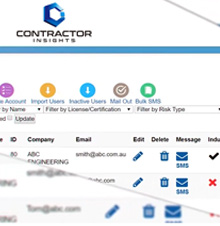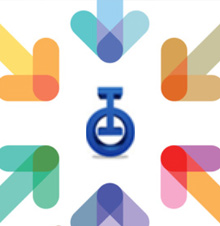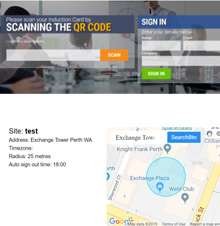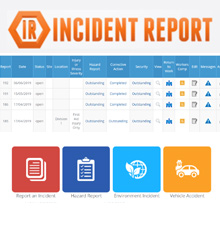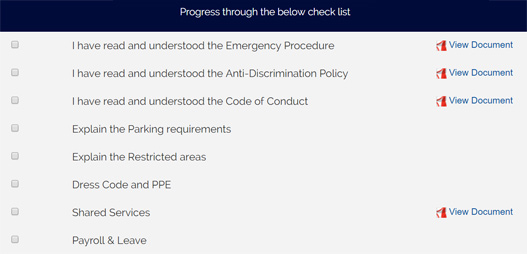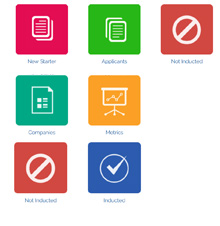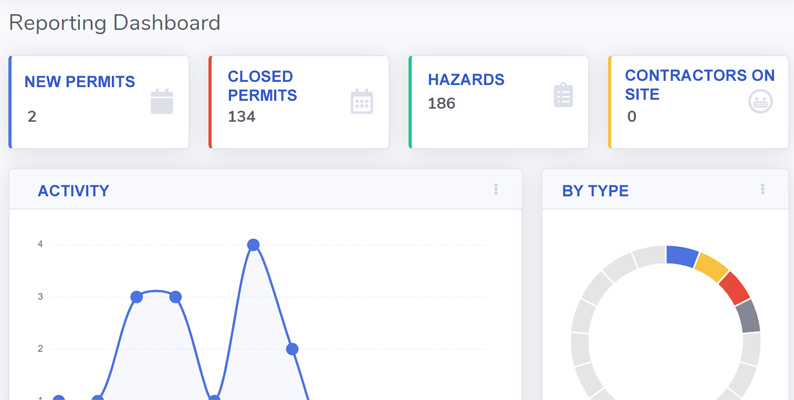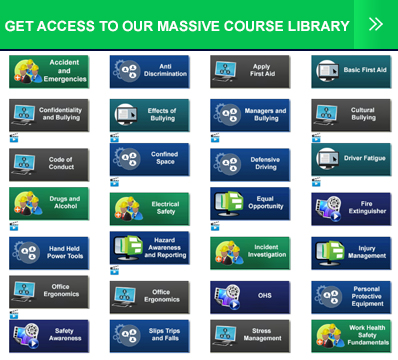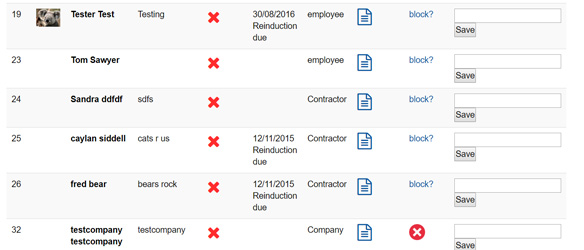AI Microlearning Generator: How to Maximise AI Microlearning Creation
Online Induction >> AI Training GeneratorPublished 10/10/2025
 As traditional learning methods often struggle to maintain engagement amidst competing distractions of today, microlearning is emerging as a solution by breaking down training into digestible pieces that are easier to learn.
The rising popularity of this method can be attributed to its alignment with cognitive science principles, which suggest that information is better absorbed when presented in manageable portions. Additionally, microlearning fits seamlessly into the busy schedules of professionals who seek continuous education without disrupting their day-to-day responsibilities.
As traditional learning methods often struggle to maintain engagement amidst competing distractions of today, microlearning is emerging as a solution by breaking down training into digestible pieces that are easier to learn.
The rising popularity of this method can be attributed to its alignment with cognitive science principles, which suggest that information is better absorbed when presented in manageable portions. Additionally, microlearning fits seamlessly into the busy schedules of professionals who seek continuous education without disrupting their day-to-day responsibilities.
Why Microlearning and AI is a Perfect Match
When coupled with AI, this approach transcends traditional learning patterns by leveraging data-driven insights to tailor educational experiences to individual needs. The adaptability afforded by AI ensures that learners receive precise content aligned with their immediate objectives, thereby optimising the learning process and fostering deeper engagement.AI-driven platforms can curate content from a myriad of sources such as academic papers, industry reports, and social media discussions. This enables businesses to develop training materials that are up-to-date with the latest advancements and insights. With ease AI can distill this information into bite-sized lessons that are easy for employees to digest which is perfect for today’s on-the-go workforce.
Benefits of Using AI for Bite-Sized Training
It's Your personal Instructional Design AssistantAI-driven platforms are becoming increasingly intuitive, allowing even those with minimal tech savvy to develop impactful training programs. These tools often come equipped with user-friendly interfaces that guide you step-by-step in designing customised courses. You can incorporate multimedia elements like quizzes and interactive slides that enhance engagement without requiring hours of manual effort. The result? A learning experience that's both dynamic and personalised.
Predictive Analytics
Integrating AI into your microlearning strategy also means you can harness predictive analytics to foresee potential areas of confusion or resistance among employees before they even surface. For instance, if a segment of your workforce historically struggles with compliance-related updates, AI algorithms can preemptively suggest additional resources or alternative explanations tailored specifically to their needs. This proactive approach not only smooths the transition but also empowers employees by providing them with autonomy over their learning journey.
Creates Interactive Content
Another exciting aspect of using AI for building microlearning is its potential for creating interactive content. Through natural language processing and machine learning algorithms, AI can develop simulations or scenario-based exercises that mimic real-world challenges employees might face on the job. This hands-on approach not only enhances engagement but also improves skill acquisition by providing learners with immediate feedback on their decisions.
Common AI Training Creation Tools
- AI Course creator- AI Learning Management System
- AI Video Course
Example Prompts for Creating AI Microlearning
 Microlearning is all about delivering concise, focused content, and AI is the perfect tool to generate this content quickly and effectively. By using specific and detailed prompts, you can guide an AI to create a wide range of microlearning materials, from scripts to quizzes. Here are 10 examples of AI prompts for creating microlearning content:
Microlearning is all about delivering concise, focused content, and AI is the perfect tool to generate this content quickly and effectively. By using specific and detailed prompts, you can guide an AI to create a wide range of microlearning materials, from scripts to quizzes. Here are 10 examples of AI prompts for creating microlearning content:Script for a Short Video
Prompt: "Draft a script for a 90-second microlearning video about the key features of our new HRIS software. The audience is our team leaders. The tone should be concise and energetic, and the script should include a clear call-to-action to log in and try the new features."
Quiz Questions with Explanations
Prompt: "Generate five multiple-choice questions on the topic of cybersecurity best practices for remote employees. Each question should have one correct answer and three plausible distractors. Provide a brief explanation for both the correct and incorrect answers."
Step-by-Step Infographic Content
Prompt: "Create a step-by-step guide for an infographic on 'How to Conduct an Effective Performance Review.' The content should be broken down into 4-5 key steps, with a bold title and a short, one-sentence description for each step, suitable for a vertical infographic layout."
Email Nudge/Reminder
Prompt: "Write a short, engaging email (under 100 words) for a microlearning series on 'Data Privacy for Marketing Professionals.' The email should remind learners to complete the next module, which focuses on GDPR, and highlight one key benefit of understanding the topic."
Scenario-Based Learning Exercise
Prompt: "Develop a short, scenario-based microlearning exercise for new team leaders. The scenario is: 'A team member comes to you with a personal problem that is affecting their work.' Provide three different choices for the manager's response (A, B, C) and a short feedback message for each choice, explaining the outcome and why it's a good or bad approach."
Glossary/Flashcard Content
Prompt: "Generate a list of 10 key terms and their concise definitions related to the 'Agile Project Management' methodology. Format the output as a list suitable for digital flashcards."
Concise Summary of a Long Article
Prompt: "Summarise the main takeaways of the following article on 'The Future of Hybrid Work.' The summary should be a single paragraph, less than 150 words, and written in a simple, easy-to-digest style for a microlearning module."
 "Did You Know?" Factoids
"Did You Know?" Factoids
Prompt: "Create five engaging 'Did You Know?' factoids about the history of artificial intelligence. Each factoid should be a single, interesting sentence, suitable for a daily microlearning series delivered via a messaging app."
Interactive Poll Questions
Prompt: "Design three poll questions for a microlearning module on 'Workplace Conflict Resolution.' The questions should be quick, single-answer polls designed to get learners to think about common situations. Example: 'When dealing with conflict, is it better to address it immediately or wait until tempers cool?'"
Case Study
Prompt: "Write a very short case study (maximum 200 words) about a customer service challenge that a company faced. The case study should describe the problem and the solution in a narrative format, highlighting one key lesson learned. This is for a microlearning module on problem-solving."
Discover our AI Microlearning Generator
As organisations look toward the future of workforce development, it's clear that embracing AI is no longer optional, it's imperative for survival in a competitive landscape. Organisations willing to leverage this technology will find themselves better equipped not only to train their employees effectively but also to foster a culture of continuous learning. The question isn't whether you should integrate AI into your L&D strategy; it's how soon you can start reaping its benefits.


